
New bonus podcast series – Unfkd!
I just published the first in the new bonus series for my podcast Fkd Up By Faith which I am calling ‘Unfkd’ Along with some[…]
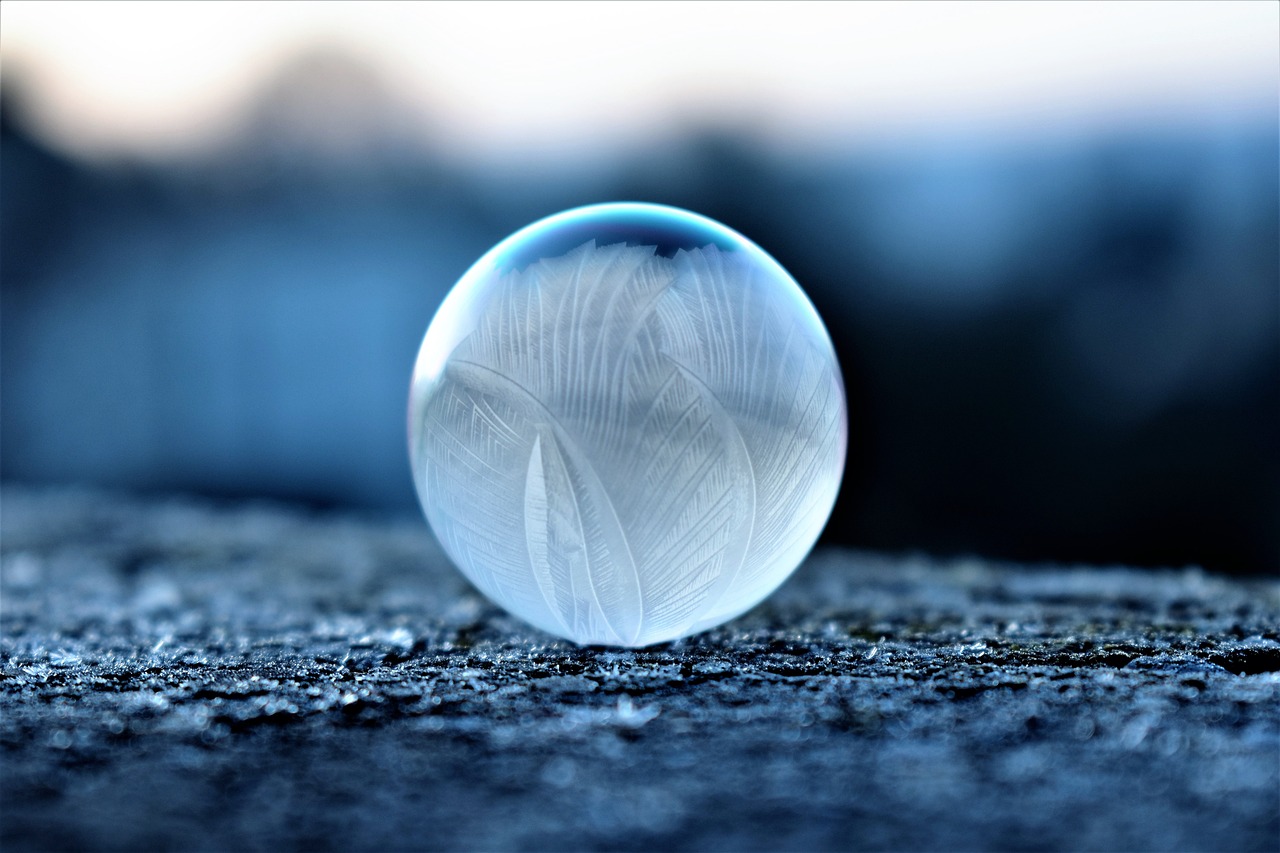
Midwinter Stillness Workshop
Join me on the eve of the Winter Solstice for an invitation to gentle solstice ritual, poetry, meditation and nourishing somatic enquiry to ease us[…]
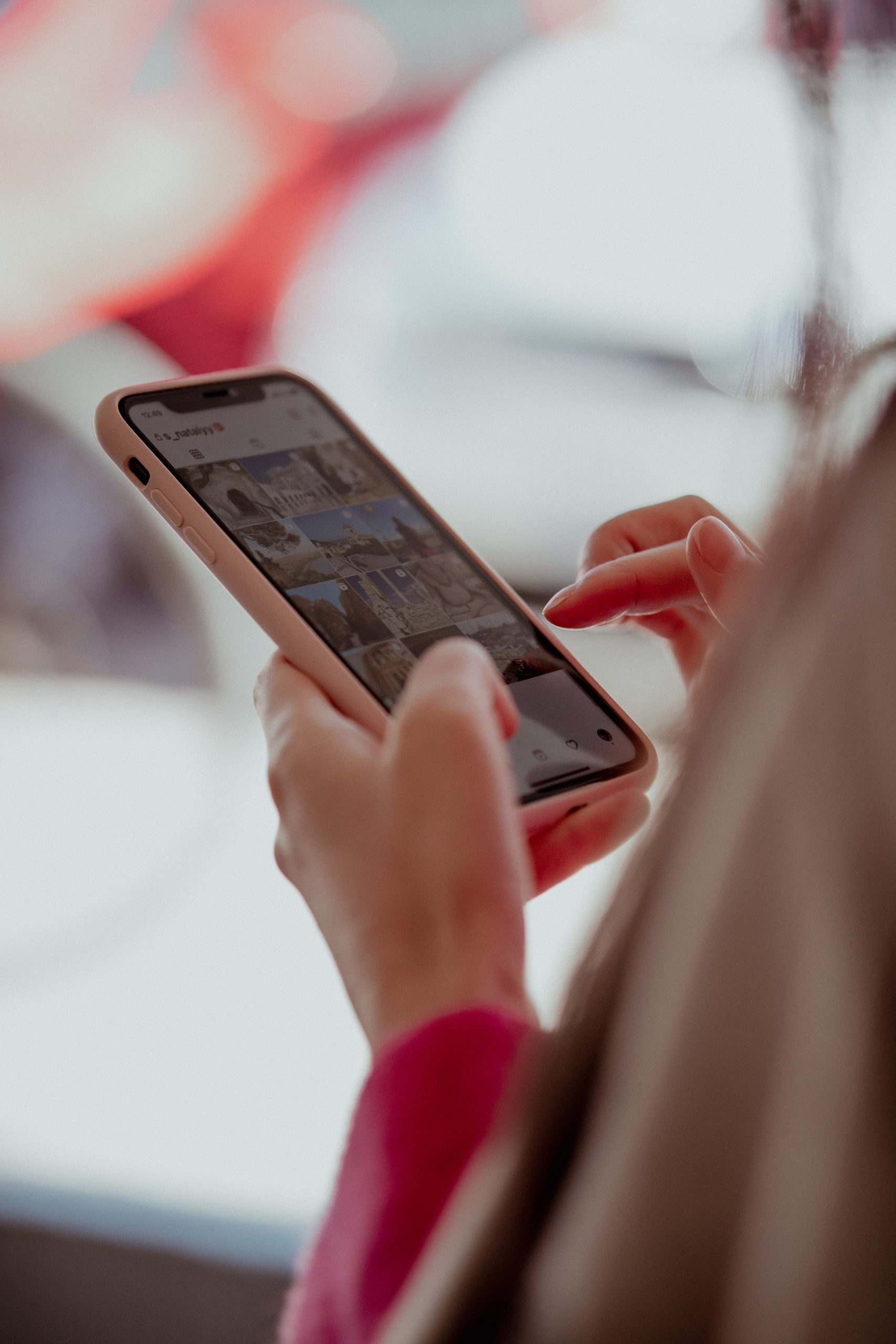
Reel to Reel
For every positive laugh, 'micro-learning' moment or adopted kitchen 'hack', there are countless utterly banal and pointless minutes and hours of 'content' passing through[…]

Solstice thoughts (where everything is either horrendous or hilarious depending on your POV)
And since I am already over the edge, why don't we add having no running water into the joyful blend of Solstice cheer and Christmas[…]
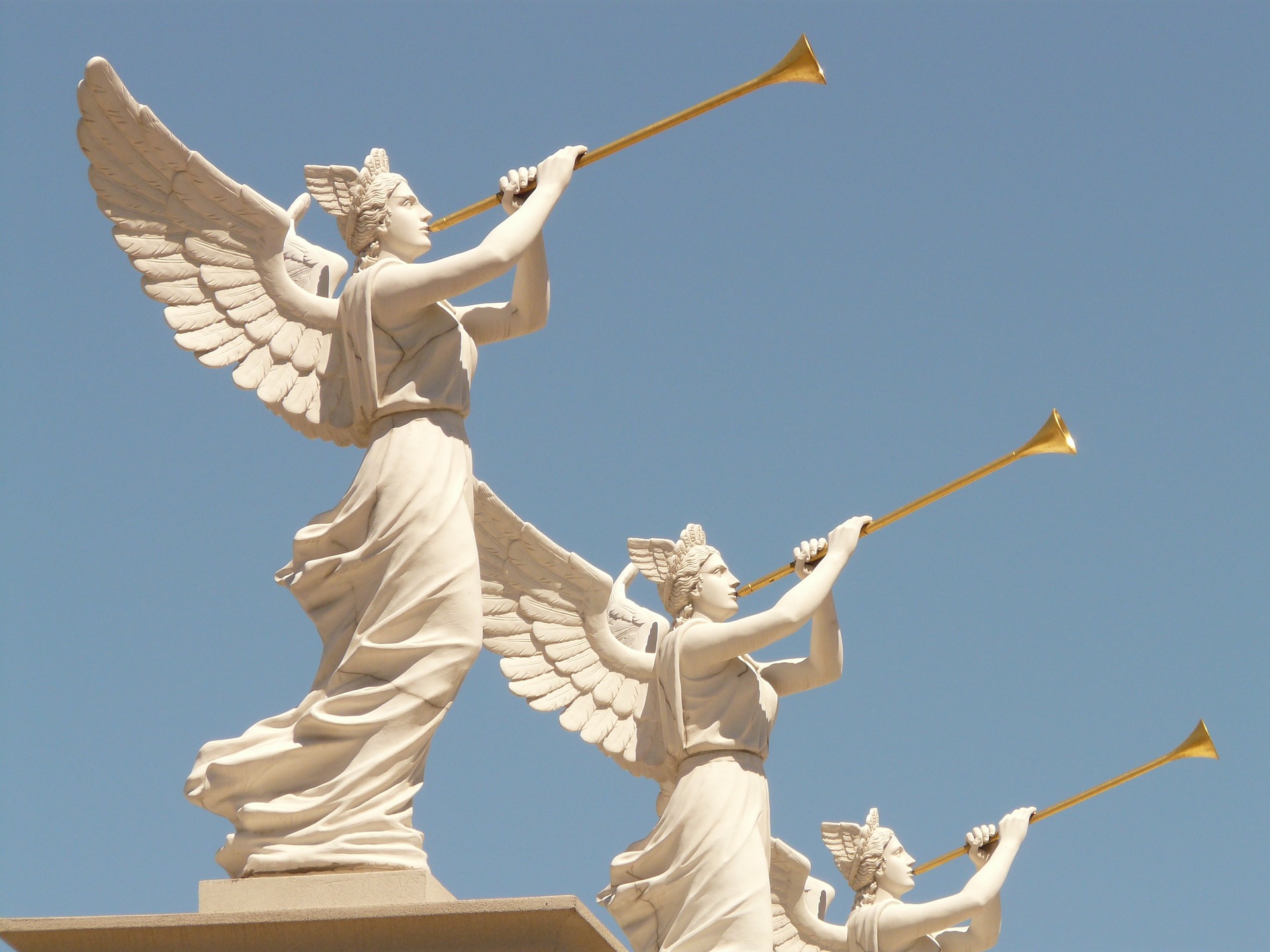
Saying Nothing is an Option
Before I go any further, I should point out that, utterly bereft of any qualification to comment on the complex geopolitics of the region,[…]
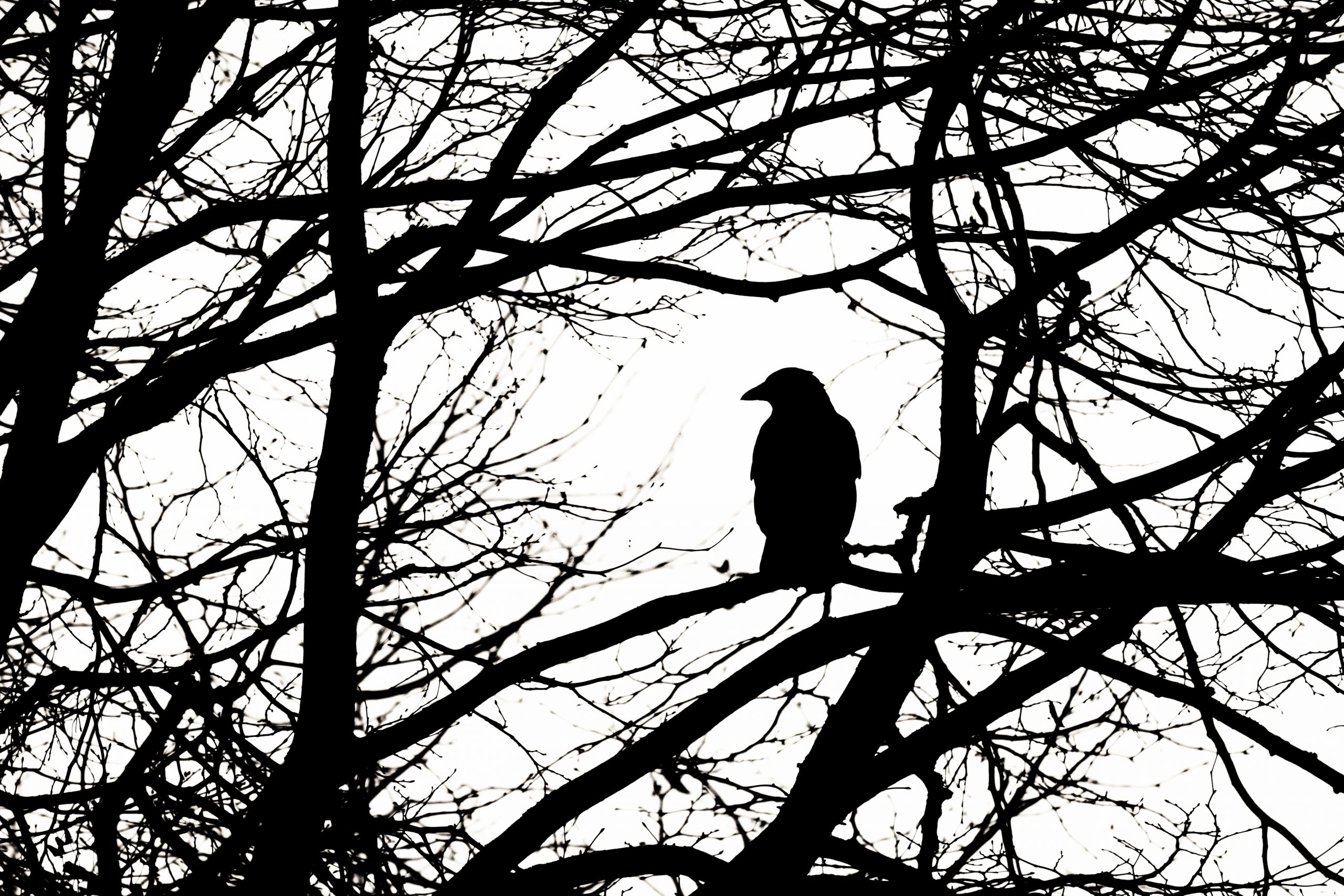
The Day When Things Can Start
Imbolc sends impulses to my dormant winter cells throughout January, simultaneously poking me to wake up...and urging me to wait. My yearly last-minute tax return[…]
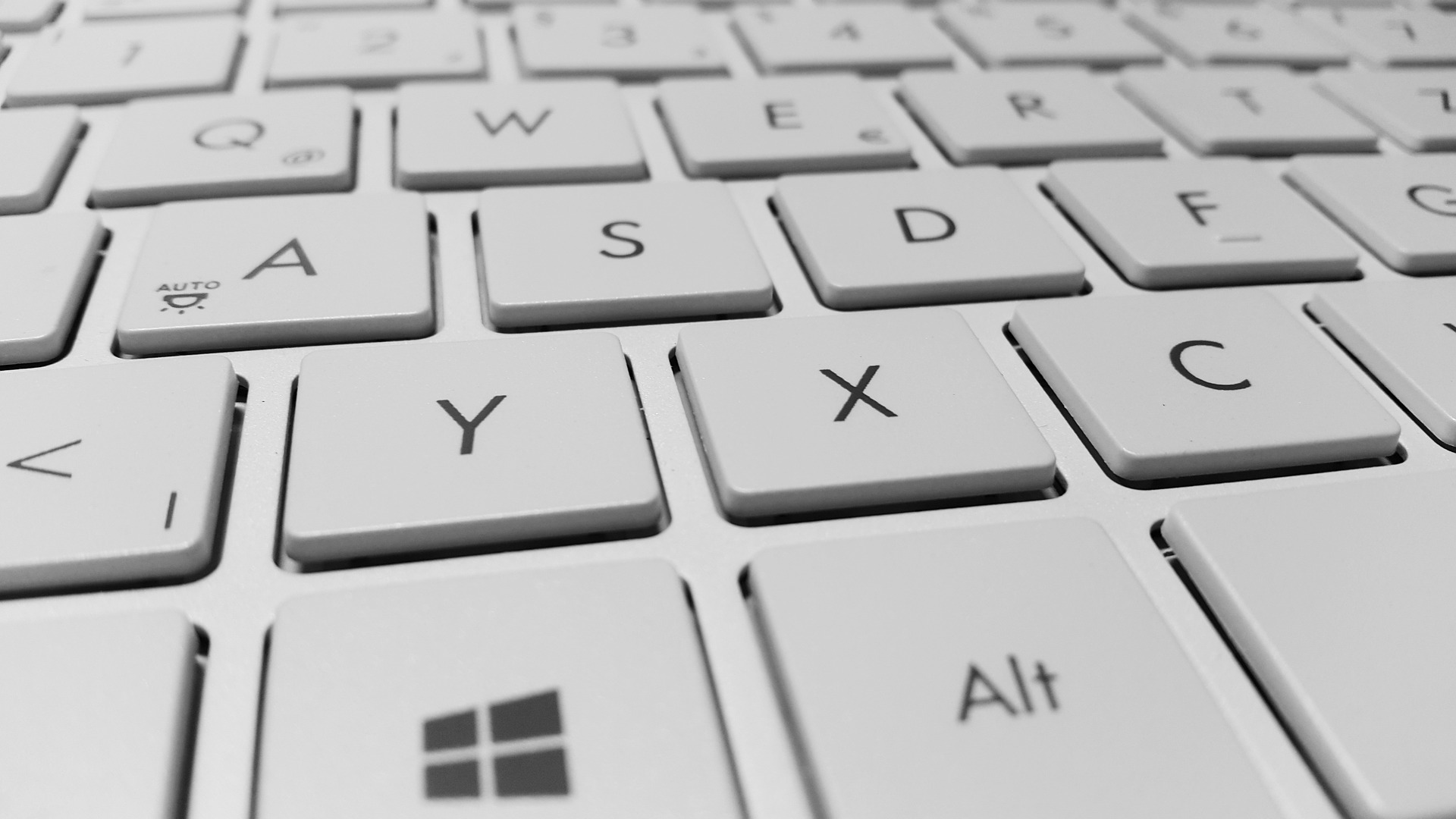
Things that don’t matter
Words dance in my head, occasionally assembling themselves into momentary coherences, only to scatter when I sit and open the laptop to write. Can I[…]

Into the Wealden Clay
If you've loved and lost a dog you will know the pain of the days and weeks that follow. Everything is a reminder that my[…]
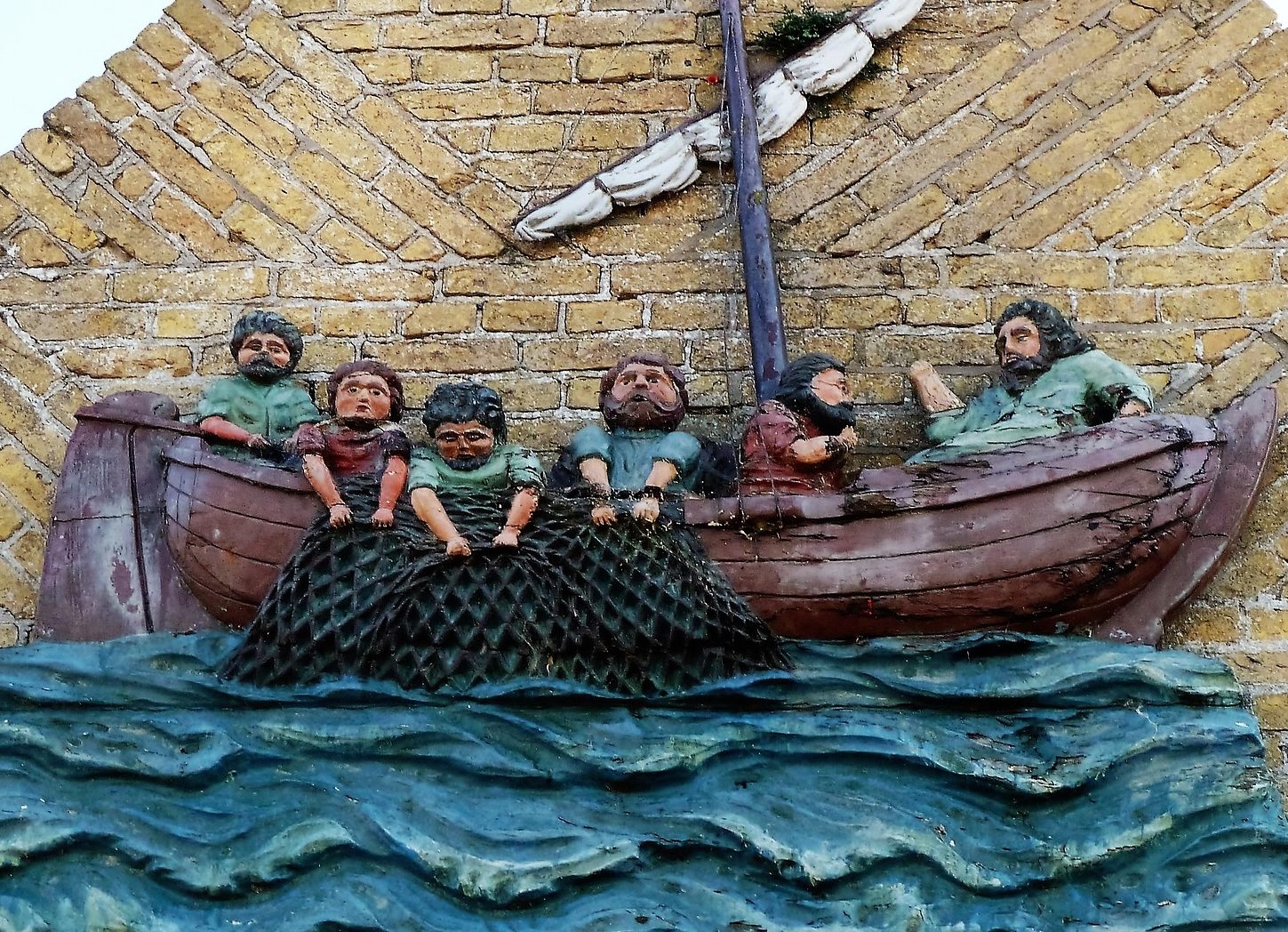
Does this mean I am not a failure…?
A while ago, I joked online about feeling a failure because I don't ( and won't) go cold water swimming, and I don't have a[…]
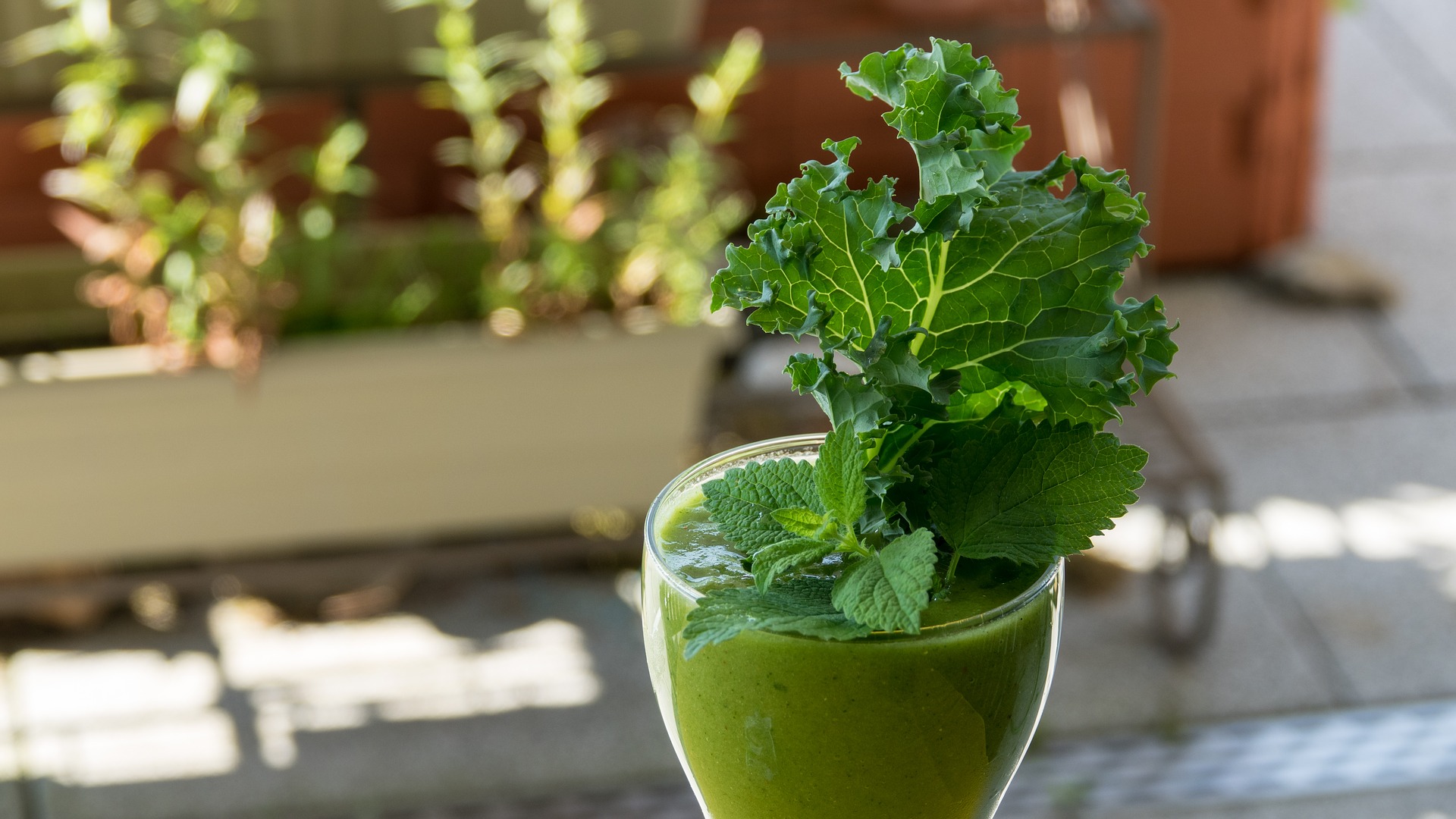
How to breathe your way out of poverty…
We all know that eating the right foods, and getting enough exercise are healthy choices. What isn't true however, is that doing those things guarantee[…]